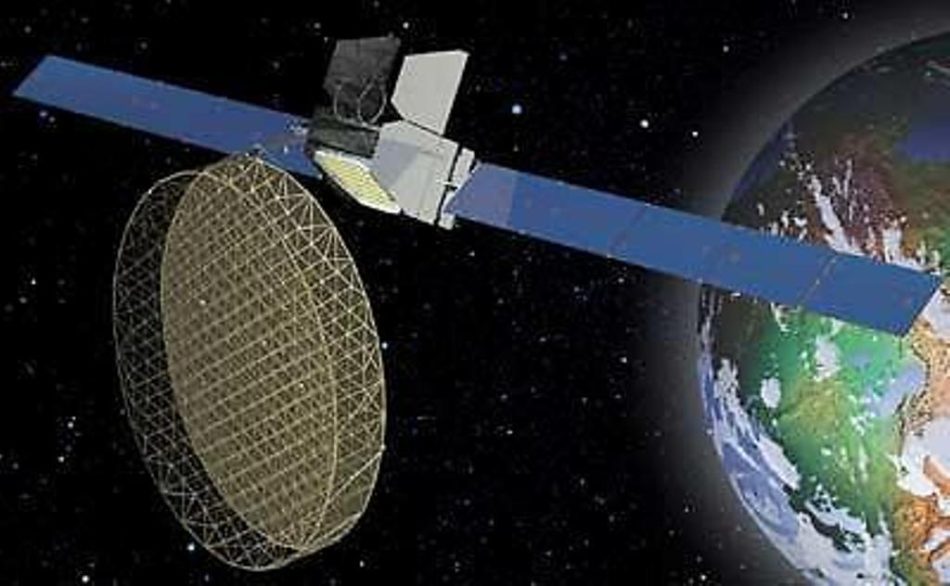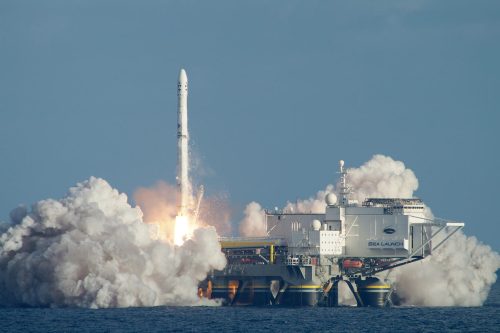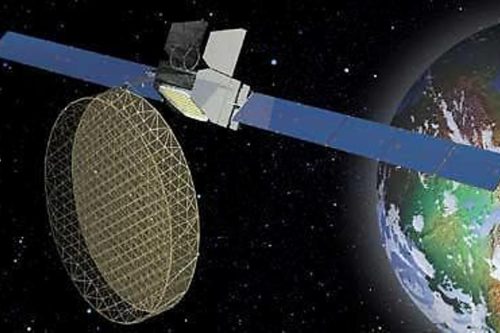
Back to selection
GEO Satellite
Thuraya-1 GEO
succesfull
Launch date
21 October 2000
Country

Purpose
Communication
Position
44° East
Manufacturer
Operator
Launch operator
Launch vehicle
Zenit 3SL
Expected lifetime
15 Years

Regions
Asia Pacific Region
Middle East Region
North & Central Africa Region
Thuraya-1 at 44° East
Thuraya-1 at 44° East was operated by Thuraya Satellite Telecommunications based on UAE. The satellite was the first satellite in the Boeing GEM-series. This product line expands Boeing’s offerings beyond satellite manufacturing, to integrate a high-power geosynchronous satellite (derived from the Boeing BSS-702 body-stabilized design) with a ground segment and user handsets, to provide a range of cellular-like voice and data services over a large geographic region. The Thuraya ground segment includes terrestrial gateways plus a collocated network operations center and satellite control facility in the UAE.
Thuraya offered GSM-compatible mobile telephone services, transmitting and receiving calls through a single 12.25m-aperture reflector. The satellite employs state-of-the-art on-board digital signal processing to create more than 200 spot beams that can be redirected on-orbit, allowing the Thuraya system to adapt to business demands in real time. Calls are routed directly from one handheld unit to another, or to a terrestrial network. The system has the capacity for 13,750 simultaneous voice circuits.
In August 2018 satellite operator YahSat from Abu Dhabi (UAE) acquired the majority of the stakes of Thuraya and became the mobile satellite services subsidiary of that company. YahSat owns and operates the Thuraya satellites. In April 2024, YahSat agreed to merge with Bayanat, an AI-powered geospatial solutions provider based in Abu Dhabi, forming Space42. This new entity will combine Bayanat’s advanced geospatial AI capabilities with Yahsat’s satellite communications expertise to develop innovative space-based services, aiming to make a substantial impact on societies and economies.
The Thuraya-1 spacecraft weighed 5,250 kgs and was launched on October 21st, 2000 on a Zenit-3SL rocket from the Odyssey launch platform operated by Sea Launch. The satellite was used for testing and backup until May 2007, when it was moved to junk orbit and declared at its end of life.
GEO Satellite
Thuraya-1
succesfull
GEO Satellite
Thuraya-1
succesfull
GEO Satellite
Thuraya-1
succesfull

